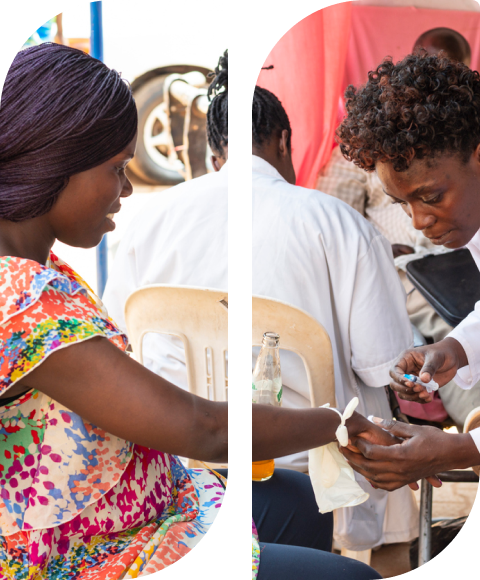
In many parts of Africa, maternal health access is hindered by financial barriers, geographical constraints, and inadequate healthcare infrastructure. The innovation of providing free or affordable delivery services, along with expanding health insurance coverage, aims to address these challenges. This initiative seeks to ensure that all pregnant women have access to quality maternal healthcare services, regardless of their economic status or location.
The initiative can be applied through:
The feasibility of this initiative depends on:
Implementing free or affordable delivery services and expanding health insurance coverage in Africa is a transformative initiative that can significantly improve maternal health outcomes. By addressing financial barriers and enhancing access to quality care, this innovation holds the potential to save lives, promote health equity, and strengthen communities. Success will depend on coordinated efforts, sustainable funding, and strong stakeholder engagement.